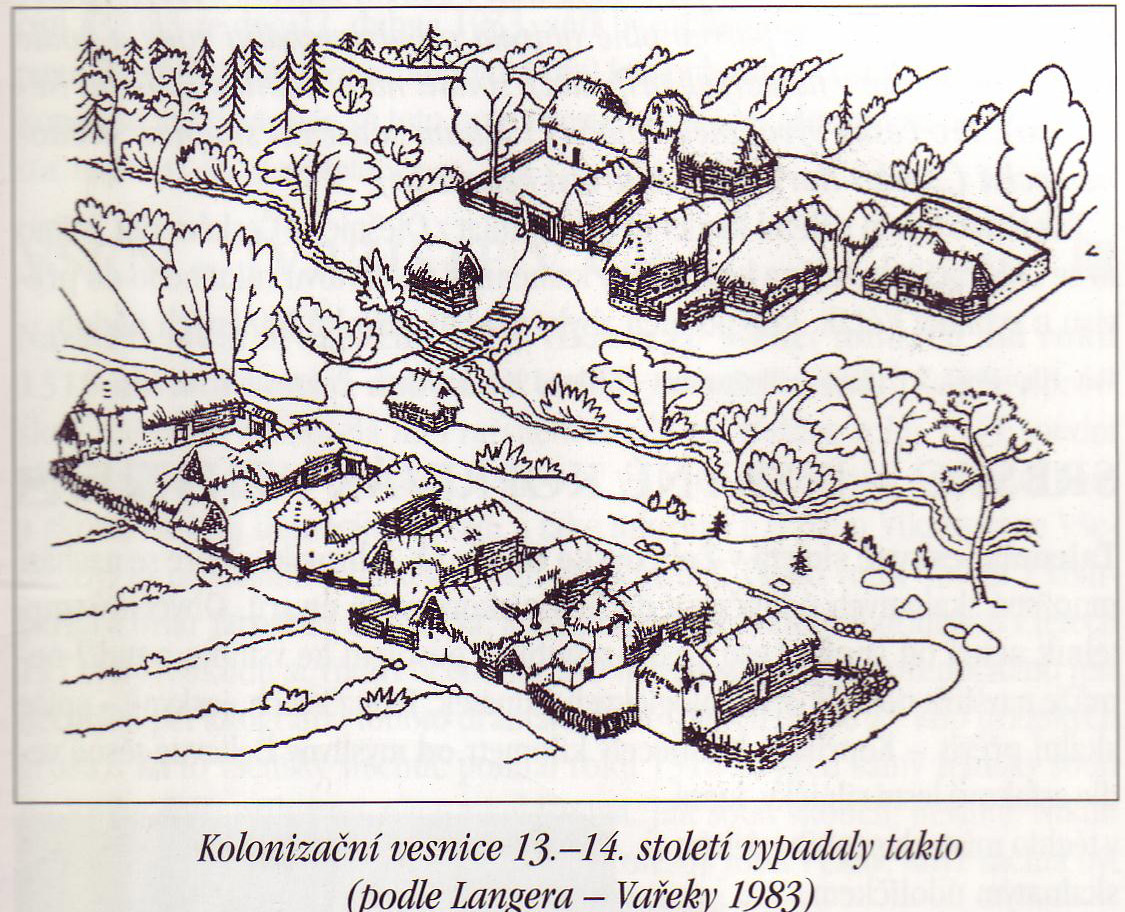Hello anglophone Kingdom Come: Deliverance fans.
Recently I have started to upload a little video series, called Let’s Learn About Kingdom Come: Deliverance to YouTube. In those videos I discuss the historical accuracy of what is shown in the currently available build of the game and give some information on the historical background of what we can already see there.
However, those videos are in German, but a few people have indicated they would be interested in English versions of those videos.
After giving it some thought and excluding the possibility of just adding subtitles to the existing videos, due to time constraints, I have decided to recapture the videos, but this time do the commentary in English.
I have finished doing this for the first video and although I am not a hundred percent satisfied with the result, I am not as fluently speaking as I would have liked to, I decided to upload the video anyway to gather some feedback from the generally very well informed and helpful KCD community on my first feeble attempt of such a video in English.
So, I would be very happy, if you would check my video, if you are interested in what I have to say about how the villagers of Samopše dress, and could tell me what comes to your mind while watching it.
Constructive criticism, corrections and additions regarding the presented facts, grammar, pronounciation and technical aspects of the video are very welcome and will hopefully help me to improve future videos.
Give it a try, if you feel like it over here: https://youtu.be/56Hk3jQLHEM


 *Yea I know he’s Austrian, but the accent gets me every time
*Yea I know he’s Austrian, but the accent gets me every time 




